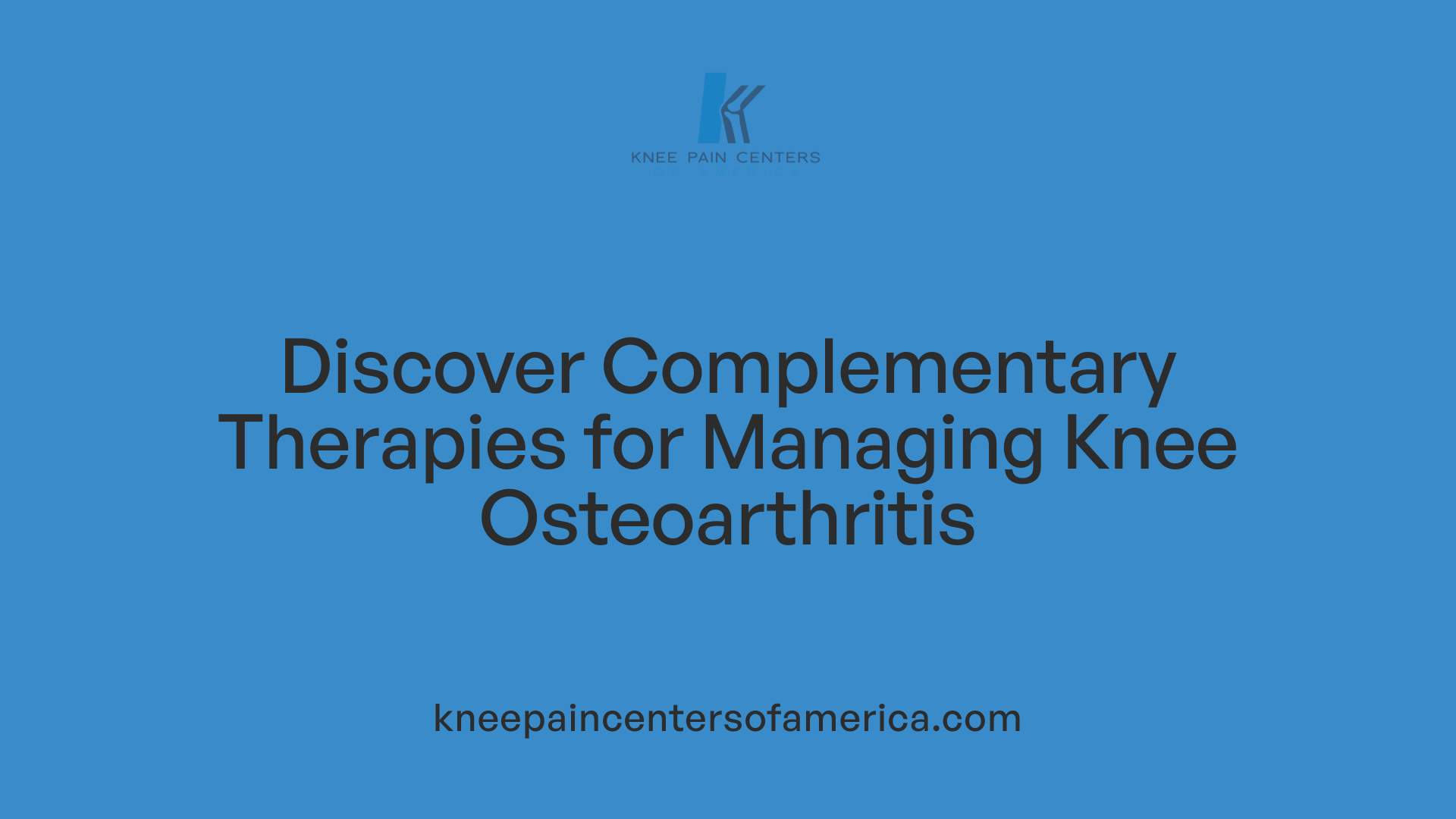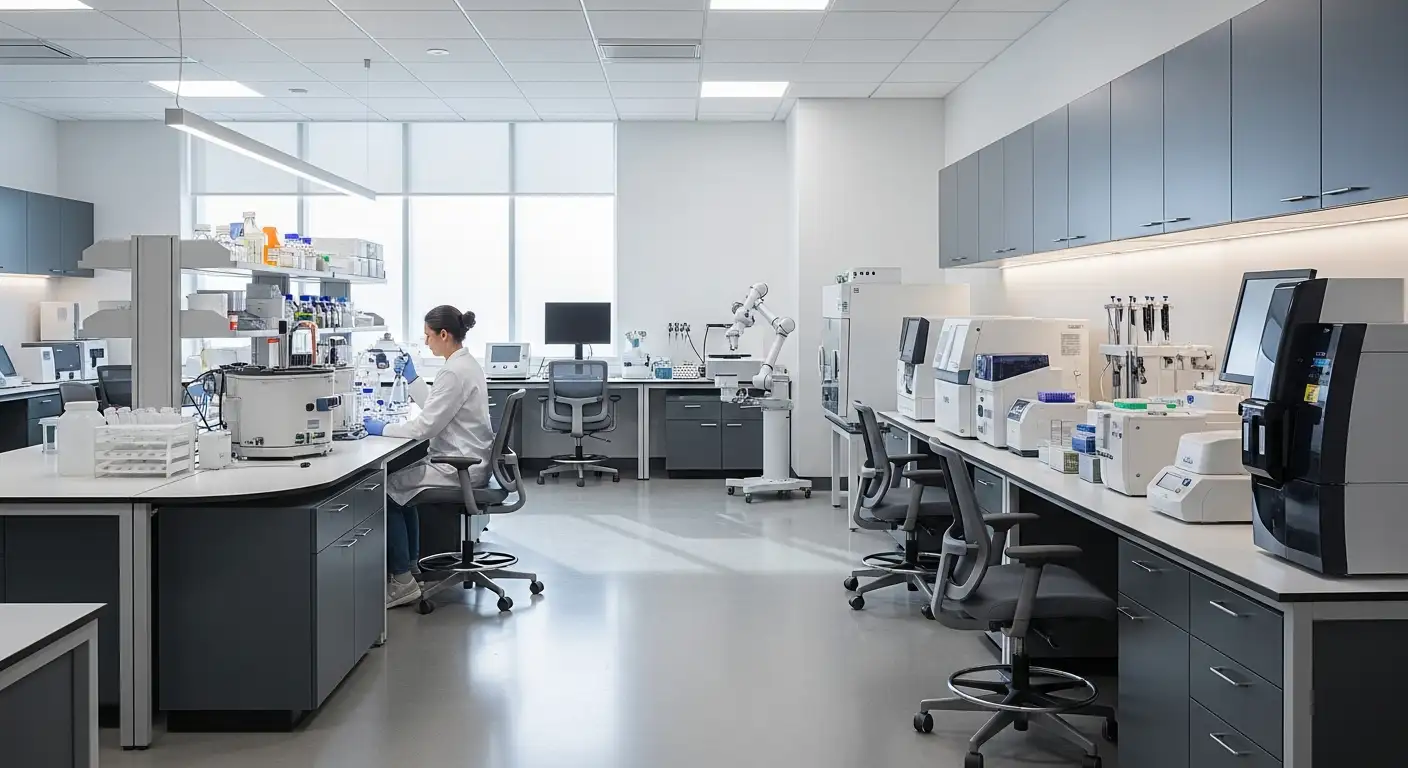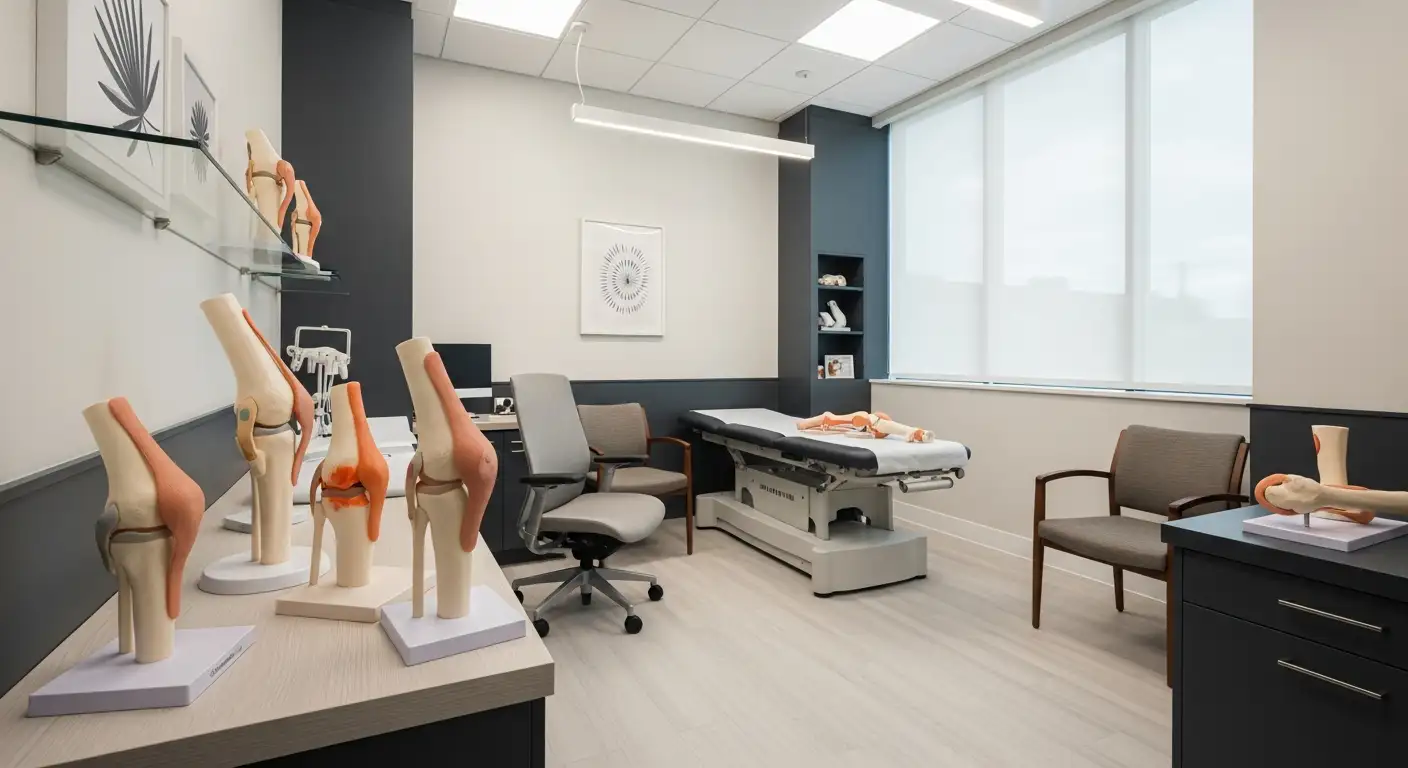Understanding Chronic Knee Pain and Osteoarthritis
Chronic knee pain, particularly from osteoarthritis, affects millions worldwide, impairing mobility and quality of life. Traditional treatments include medications, physical therapy, and surgery. Recently, biofeedback therapy has emerged as a promising non-invasive intervention to complement existing approaches. This article explores how biofeedback therapy can help patients with chronic knee pain by enhancing pain management, muscle function, and gait patterns.
Conventional Medical Treatments for Knee Osteoarthritis: An Overview

What are the most common medical treatments for knee pain and osteoarthritis?
Managing knee osteoarthritis (OA) involves a variety of treatments aimed at relieving pain, improving joint function, and enhancing quality of life. Medication is the first line of treatment, with common options including acetaminophen and nonsteroidal anti-inflammatory drugs (NSAIDs), available both orally and topically. These medications help reduce pain and inflammation, which are central to the disease symptoms. Duloxetine, an antidepressant, is also sometimes prescribed to help manage chronic pain associated with OA.
Non-surgical treatments including physical therapy and weight loss
Non-surgical methods focus largely on physical therapy and lifestyle changes. Physical therapy exercises, especially strengthening routines like resistance training and isometric exercises, can improve muscle support around the knee and boost joint stability. Weight loss is strongly recommended for overweight patients as it decreases the load exerted on the knee joint, reducing pain and slowing disease progression. Movement therapies such as tai chi also support joint flexibility and balance.
Injections as temporary relief
In some cases, injections are used as temporary relief measures. Corticosteroid injections help reduce inflammation within the joint, providing pain relief for several weeks or months. Hyaluronic acid injections aim to supplement joint lubrication, potentially enhancing mobility and comfort. These injections do not cure OA but serve as useful adjuncts to other treatments.
Surgical interventions
When conservative treatments fail to yield sufficient relief, surgical options may be explored. Total or partial knee replacement surgeries are common procedures intended to restore function in advanced OA cases. Osteotomy, which involves bone realignment, and arthroscopic procedures to clean damaged cartilage may be considered based on individual needs and disease severity.
Complementary treatments
Complementary approaches often support conventional medical care. Acupuncture has been used by some patients for pain control. Nutritional supplements such as glucosamine and omega-3 fatty acids are taken with the goal of supporting cartilage health and reducing inflammation, although evidence of their effectiveness varies.
Together, these treatments form a comprehensive strategy against knee osteoarthritis, aiming to manage symptoms effectively while improving daily functioning.
The Promise of Biofeedback Therapy in Chronic Knee Pain Management
Biofeedback therapy represents a valuable addition to traditional approaches for managing chronic knee pain and osteoarthritis. While it may not replace medications or surgery, biofeedback enhances patients' ability to control pain, improve muscle function, and modify gait — all crucial for reducing joint stress and improving quality of life. Ongoing clinical trials and integration with technology like wearable devices offer new horizons in personalized care. As research advances, biofeedback could become an integral facet of multidisciplinary knee osteoarthritis management, empowering patients with self-regulation skills and providing a non-invasive pathway to better outcomes.
References
- The efficacy of electromyographic biofeedback on pain ...
- Knee Biofeedback Rehabilitation Interface for Game-based ...
- The impact of biofeedback in enhancing chronic pain ...
- The effectiveness of a 6-week biofeedback gait retraining ...
- Treating Chronic Pain With Biofeedback - BTE Technologies
- Effectiveness of electromyographic biofeedback training on ...
- How Can Biofeedback Therapy Help Chronic Pain?
- Biofeedback Therapy: Uses and Benefits
- Physical Therapy Guide to Knee Osteoarthritis





